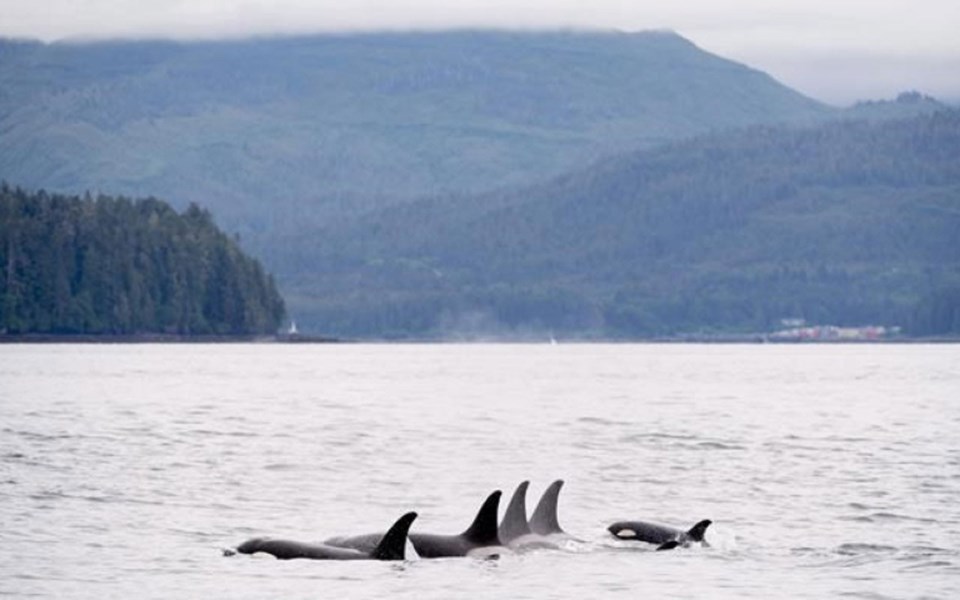Two southern resident killer whales haven't been seen for a few months leaving experts worried, not just about the fates of both creatures, but for the future of the entire family of orcas.
Just over 70 southern resident killer whales form the single group of exclusively salmon-eating orcas identified as J clan and the family is further divided into three groups, or pods, known as J, K and L.
The Centre for Whale Research said in a post that while all other killer whales from the J and K pods have been seen, one member from each pod is missing.
"We will continue to look for J17 and K25 in upcoming encounters but the chances of finding them are starting to look a little grim," the post said.
J17 is a female born in 1977 and K25 is a male born in 1991.
Martin Haulena, head veterinarian at the Vancouver Aquarium Marine Science Centre, worries that the failure to spot the two whales underscores the challenges facing all southern resident orcas.
"I haven't lost all hope but things are not looking good right now," he said.
Scientists from the National Oceanic and Atmospheric Administration in the United States released photos in May taken by a drone that showed J17 had deteriorated in health since she was assessed last fall.
She was showing the condition known as "peanut-head," which indicates a significant loss of fat, or blubber, around the head, the National Oceanic and Atmospheric Administration said.
Haulena agreed the population is in "huge trouble."
"We've been working for a long time now with a number of different partners trying to figure out how we can turn around some of this."
Researchers understand the basic threats to the killer whale population, which include lack of chinook salmon that they depend on, boat noise and noise in general that interferes with their ability to forage, as well as pollution that interferes with their ability to reproduce and fight off disease, Haulena said.
"But the actual individual causes of death are probably quite complicated and we're down to the point where each of these individuals is so, so important. This population is in big trouble for sure."
The possible loss of J17, a 42-year-old female, is especially devastating because females are crucial in the "matriarchal kind" of killer whale society where pods depend on older females for foraging, Haulena said.
"A whale from 1977 would be approaching the latter third of a normal, long life. They probably live 60-80 years if things are ideal but still, to lose one of those females that's older like that would mean a whole lot to younger females," he said.
A new female calf, J56, was reported a few weeks ago but right now there are more animals being lost than being born, he said, adding that calf mortality for cetaceans can be as high as 50 per cent.
The Department of Fisheries and Oceans has announced several rules to protect southern resident killer whales off British Columbia's coast, including requiring ships to stay 400 metres away from whales, closing some salmon fisheries, and implementing initiatives to support habitat protection and restoration of chinook salmon.
The killer whale population stands at 73 or 74 because of a couple of births, Haulena said.
He believes humans share a bond with orcas because they are air breathing mammals that are social, intelligent and live in families.
"I think we relate to them very, very closely," he said.
"Losing something like that, losing an iconic species like that, brings home the whole idea of our entire planet including our oceans being at a tipping point."




